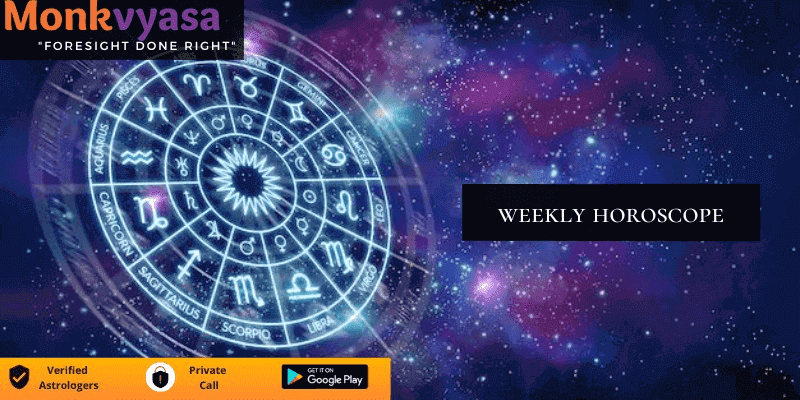

There are two main forms of astrology: Western (additionally referred to as tropical astrology) and Vedic (additionally referred to as sidereal astrology). The fundamental contrasts among the 2 traditions are tested in this article.
Although Western astrology can be traced back to the civilizations of Ancient Egypt and Greece, astrology became practiced a long time before those civilizations existed.
Indian astrologers have historically computed planetary positions through the use of the constant positions of the celebs within the sky. Various constellations have been hired to measure the motion of the planets down the ecliptic in the same way that the pole star has usually been used to set up proper North.
However, because of equinox precession, Indian astrologers needed to alternate their calculations to keep up with the famous people’s positions. As a result, their device is known as sidereal, or famous person-primarily based.
In 285 B.C., Ptolemy, a Greek astronomer, proposed a simplified method of calculating the motions of the planets. He stated that every planet orbited the Sun at a steady velocity. Ptolemy calculated the positions of all of the different planets via a means of watching the precise timings of the autumn and spring equinoxes, in addition to the icy and summertime solstices.
Ptolemy, therefore, installed what’s now referred to as the tropical technique in Western astrology, or decoding planetary placements primarily based on the Sun’s adventure from the equator to every one of the tropics.
It simply so befell that the Sidereal and Tropical strategies had been flawlessly aligned in India at the time. However, in contemporary-day Sidereal astrology, the correction adjustment is around 24 tiers or almost a complete signal of the zodiac.
Another notable difference between Vedic and Western astrology is the inclusion of planets and stars in a horoscope. The following is a listing of what’s usually taken into consideration in each system:
Following the planet Saturn, the listing starts to diverge. For example, the Nakshatras are an extraordinary feature of Vedic astrology. These are the “lunar mansions,” or wonderful companies of stars that the moon passes through on its way across the earth. Each one is alleged to have a wonderful personality, in addition to wonderful strengths and weaknesses, much like the separate zodiac signs.
A chart is split into twelve homes in each of Western and Vedic astrology, with the primary residence on the Japanese horizon. Beyond this point, however, every subculture has its own method. We’ll have to take a look at the traits of the homes in this section: size and planetary lordship.
Each residence in Vedic astrology is allocated a 30° angle. Vedic astrologers usually make use of the Whole Sign method to decide residence placement. This method that if Cancer is the dominant signal withinside the 1/3 residence, any planet that falls inside Cancer’s thirty-diploma variety could be seemed as a 1/3-residence tenant.
In Western astrology, on the other hand, there are a couple of competing strategies for measuring the twelve homes, and they will now no longer all be assigned an equal number of tiers. Some astrologers use the Vedic method of same division, whilst others range the dimensions of homes primarily based on things like range and daylight hours.
Scorpio, Aquarius, and Pisces are assigned to Pluto, Uranus, and Neptune, respectively, within the Western device, even though those planets aren’t blanketed in any respect within the Vedic device.
Another key difference between Western and Vedic astrology is how each offers destiny and lifestyle forecasts. We’ll begin with the conceptual differences that underpin every device, after which we’ll move directly to the prediction strategies themselves.
For most practitioners of astrology within the western world, Vedic astrology is regarded as an alternative to harsh devices. Traditional Vedic astrological texts frequently listing horrible effects for unique planetary positions and combinations, and someone surprising with the device is probably understandably placed off.
The Vedas no longer suggest naive optimism, and Vedic culture, in general, has a “realist” attitude towards human lifestyles. It is deemed considerably higher to have a sensible appraisal of one’s risks and obstacles as opposed to behaving as though they don’t exist.
Western astrology, on the other hand, attempts to pay attention to superb messages and effects, highlighting someone’s strengths as opposed to their flaws. Unlike Vedic astrology, which labels planets and homes as “malefic” or “benefic,” Western astrologers prefer a impartial method.
Talk to India's famous
Astrologers
 Call Now !
Call Now !
Facing Problems in love life ! Call Now
 Call Now !
Call Now !

See the future through Mundane Astrology: Mundane astrology is the type of astrology used to predict world affairs and events.
 Read more
Read more 

Sign up to our exclusive astrology newsletter and receive daily updates and powerful reflections directly to your inbox. Fill in your astrology preferences to receive daily readings which have been tailored for you.